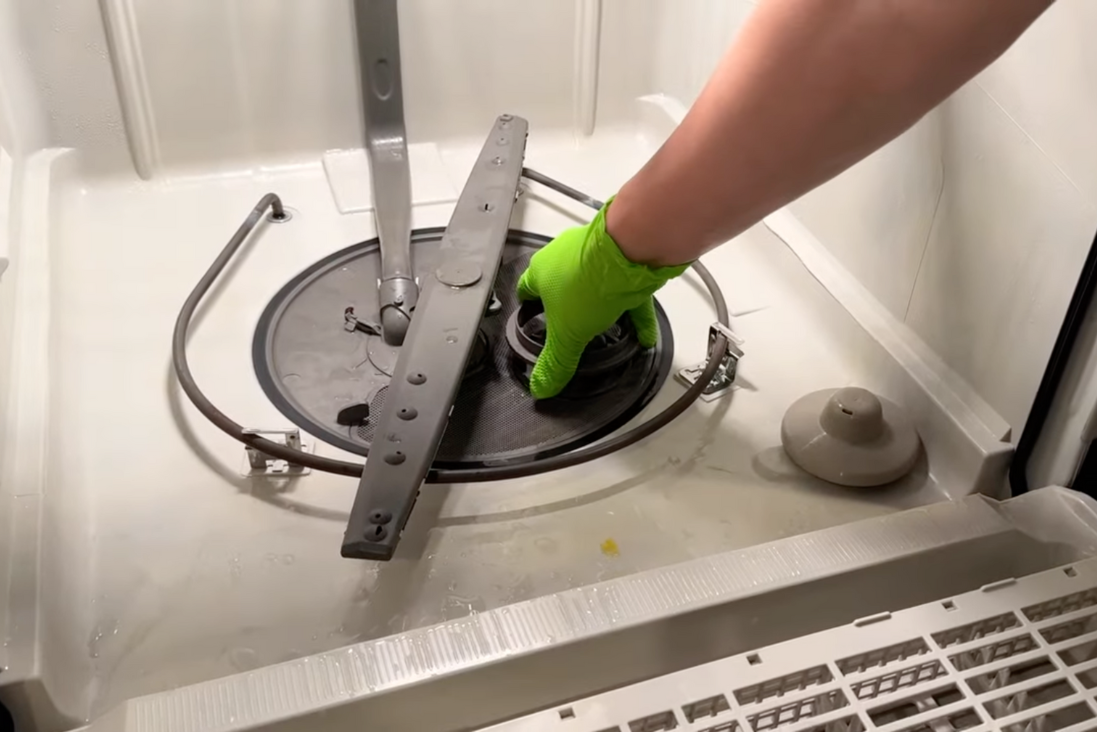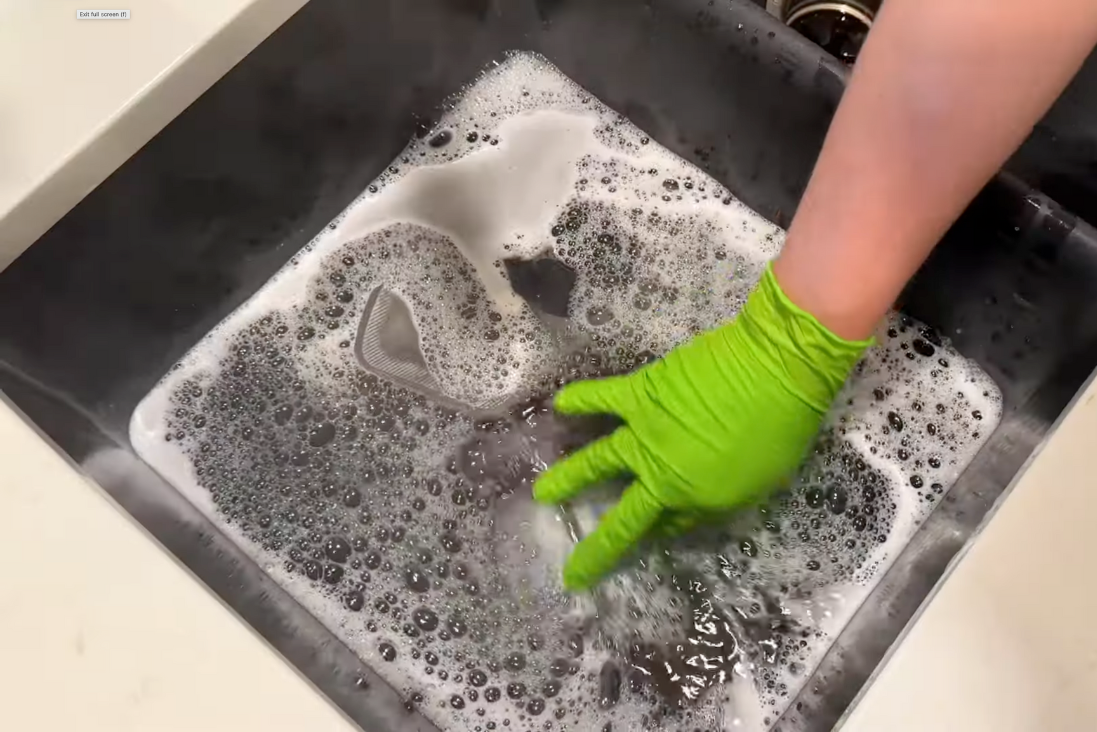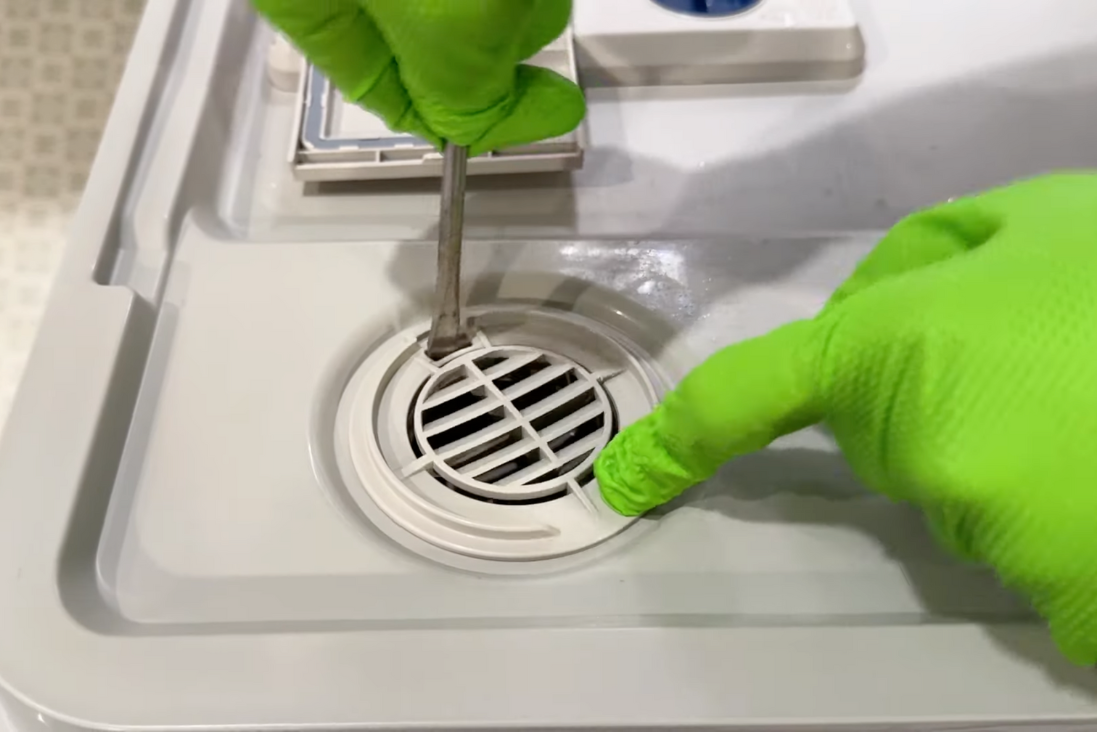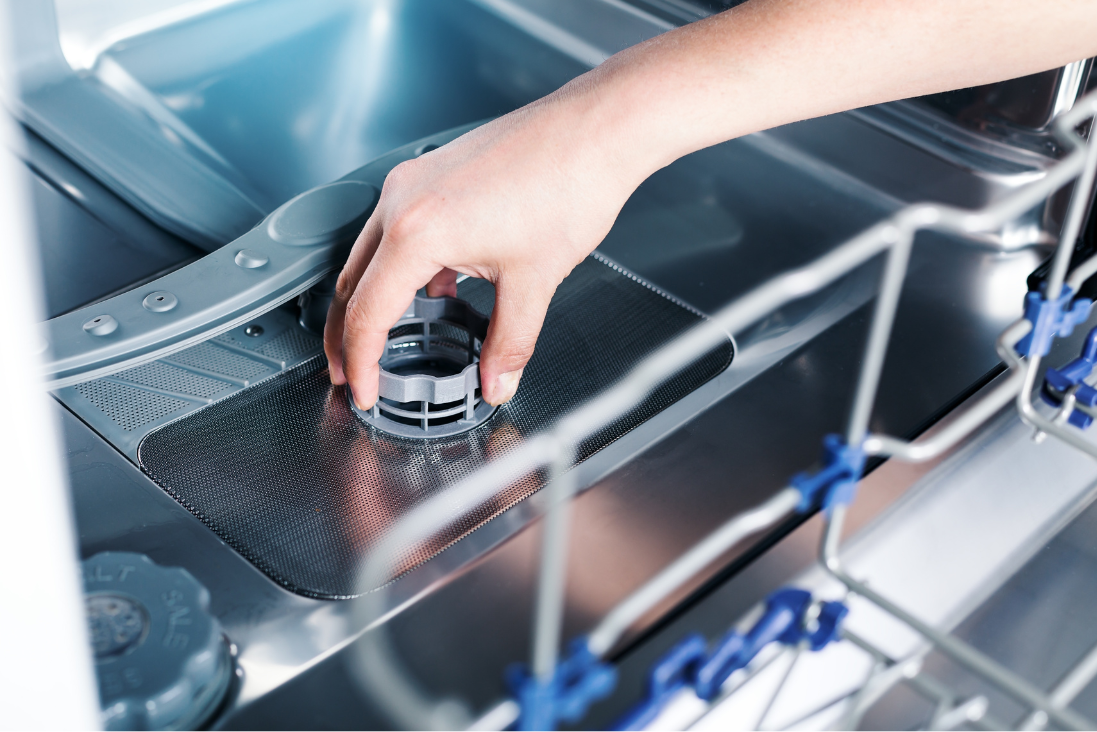Dishwashers are one of those household heroes that quietly handle the dirty work, but they also need a little TLC to keep running smoothly. Over time, all the food particles, grease, and soap scum can build up, leading to less-than-sparkling dishes and a funky smell that’s hard to ignore. If you’ve noticed your dishwasher isn’t performing like it used to, it might be time to give it a thorough clean. Cleaning a dishwasher might not be at the top of your to-do list, but it’s essential for maintaining its efficiency and longevity. When was the last time you peeked inside the filter or wiped down the door seals? If it’s been a while, you’re not alone. But don’t worry, learning how to clean a dishwasher isn’t as daunting as it sounds, and I’m here to walk you through the process.
Get Your Supplies Together
Make sure you’ve got everything you need within arm’s reach before you start cleaning. You’ll want to gather some white vinegar, baking soda, a soft brush or toothbrush, a microfiber cloth, and a mild dish soap. If you’ve got a dishwasher cleaning tablet, keep that handy too, but we’ll cover a homemade alternative as well.
First things first, make sure the dishwasher is empty. Remove any lingering dishes, silverware, or rogue plastic containers that somehow avoided the last wash cycle. Once it’s clear, take out the bottom rack to access the filter and drain area. These are usually where the most gunk accumulates, so it’s the best place to start.

Step 1: Clean the Filter and Drain
The filter is your dishwasher’s first line of defense against food particles. If it’s clogged, your dishwasher can’t drain properly, and you’ll start noticing dirty water pooling at the bottom. To clean it, twist and lift out the filter from the base of the dishwasher. If you’re not sure where it is, it’s typically located under the bottom spray arm.
Once the filter is out, rinse it under hot water to remove any loose debris. For more stubborn grime, use a soft brush or an old toothbrush to gently scrub away the buildup. Pay attention to the mesh screen and the outer edges, where grease can accumulate. If the filter is particularly grimy, let it soak in a sink filled with warm, soapy water for about 15 minutes before giving it a final rinse.
With the filter out, take a look at the drain. Wipe away any food scraps or debris you see. A clean drain ensures your dishwasher can fully expel water during the wash cycle, preventing that unpleasant smell that comes from standing water.

Step 2: Clean the Interior
Now that the filter and drain are clean, it’s time to focus on the dishwasher’s interior. Over time, the walls and door seals can collect grease and soap scum, which can lead to odors and reduced cleaning performance.
Start by wiping down the door seals. These rubber or silicone seals are a magnet for grime and can harbor mold if not cleaned regularly. Dip a microfiber cloth in a mixture of warm water and a bit of dish soap, and run it along the seals. For tighter areas, a toothbrush can help you get into the nooks and crannies.
Next, let’s clean the spray arms. These are responsible for spraying water onto your dishes, and if the nozzles get clogged, your dishwasher won’t clean as effectively. Most spray arms can be removed by unscrewing a cap or lifting them out. Rinse them under hot water, and use a toothpick or small brush to clear any blockages from the nozzles.
Now, it’s time to give the whole interior a good rinse. Place a dishwasher-safe bowl filled with white vinegar on the top rack. Run the dishwasher on the hottest cycle. The vinegar will break down any grease, grime, and soap scum that’s accumulated inside. Once the cycle is complete, sprinkle a cup of baking soda across the bottom of the dishwasher and run a short, hot water cycle. The baking soda will help remove any lingering odors and give the interior a fresh, clean smell.
Step 3: Clean the Exterior
Don’t forget the outside of your dishwasher! The exterior might not get as dirty as the inside, but it still deserves some attention. Use a damp microfiber cloth and mild dish soap to wipe down the front panel and control buttons. If you have a stainless steel dishwasher, a quick polish with a stainless steel cleaner will keep it looking shiny and fingerprint-free.
Pay special attention to the handle and any crevices where dirt might accumulate. These areas can often get overlooked but are easy to clean with a cloth or toothbrush.
Step 4: Reassembly
With everything clean, it’s time to put your dishwasher back together. Start by re-installing the filter and making sure it’s securely in place. Replace the spray arms, ensuring they’re properly attached and can spin freely. Finally, slide the bottom rack back into position.

Now, give the interior one last wipe-down with a dry cloth to remove any residual moisture. If you’re feeling thorough, check the dishwasher’s manual for any other removable parts that might need cleaning, like the utensil holder or additional filters.
And there you have it—a clean dishwasher that’s ready to tackle your dirty dishes with renewed efficiency. By taking the time to clean it regularly, you’re not just maintaining its performance; you’re also extending its lifespan and ensuring that your dishes come out sparkling clean every time.
